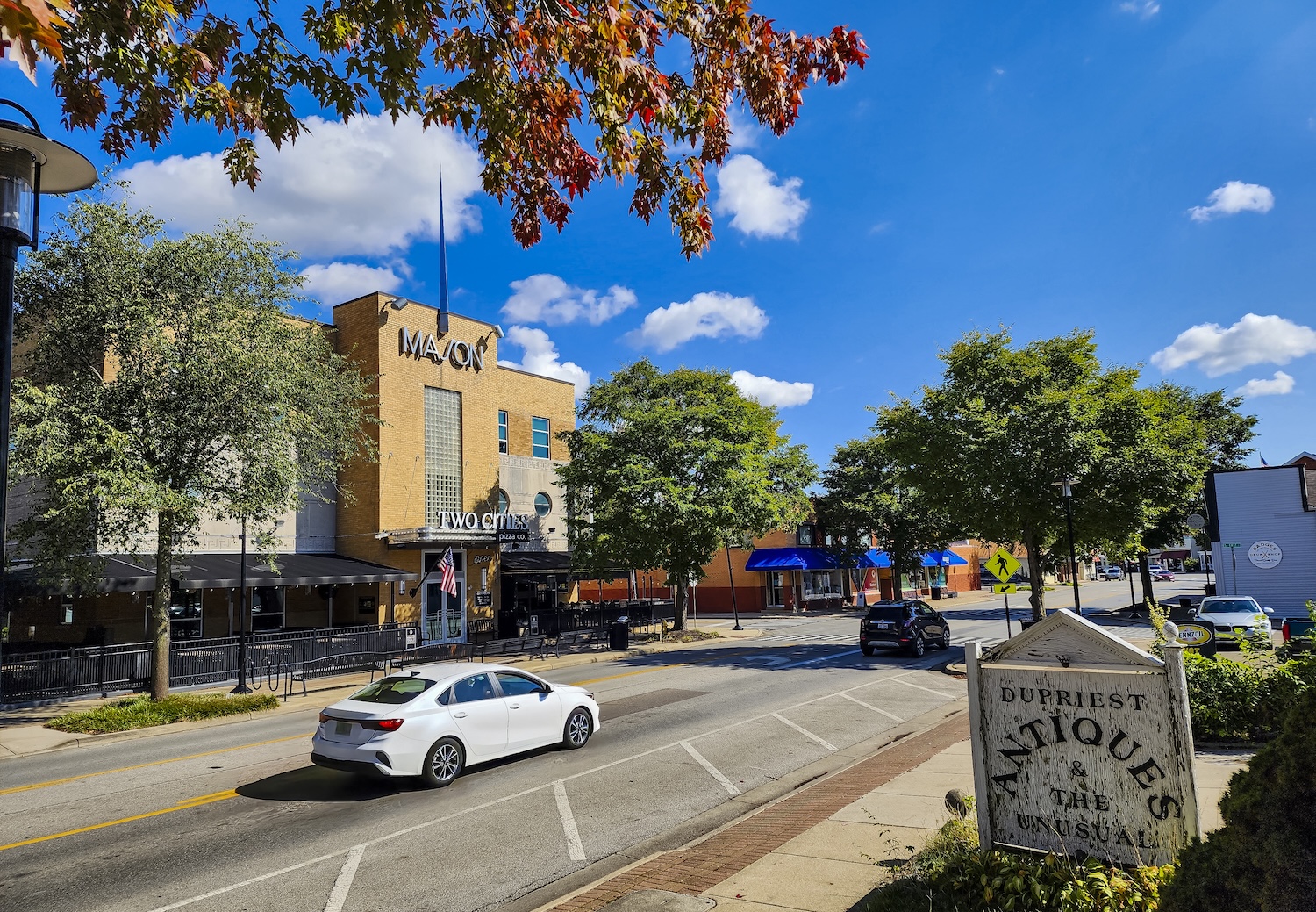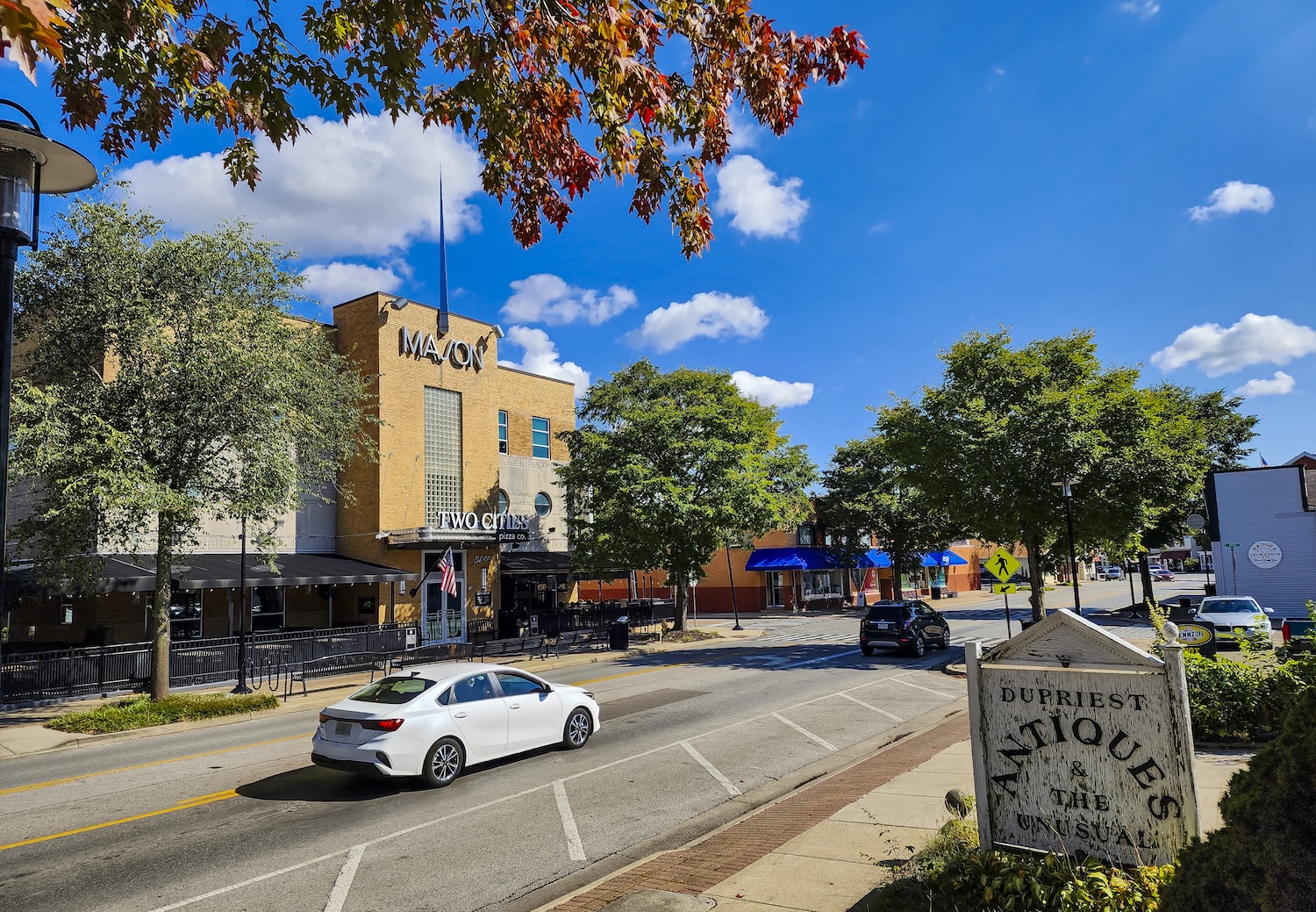Mason, OH
By February 19, 2025, Mason had a complete, defensible view of its network: 188 roadway miles assessed, 7,764 signs inventoried, and 35,979 total assets mapped—including 14,690 trees, 5,048 catch basins, 3,554 street lights, 2,032 hydrants, 1,832 ramps, 1,546 manhole covers, 2,933 cabinets, and 3,359 curb segments.

Mason, OH Infrastructure Assessment
Summary
- 188 roadway miles scanned with LiDAR and sensors; 35,979 assets mapped and 7,764 signs inventoried
- Actionable pavement condition scores and prioritized repair lists delivered by February 19, 2025
- Weeks, not months, from data collection to decisions—faster fixes and safer trips for residents
Problem
Mason faced growing pressure to improve streets without a recent, reliable picture of pavement and asset conditions, which made it hard to know which roads to fix or when and left paving budgets uncertain. Staff often played defense to 311 complaints and “Why not my road?” questions at public meetings because plans were difficult to justify with outdated or inconsistent data. Manual windshield surveys were slow, unsafe, and produced information that was already old by the time reports reached decision makers.
Solution
The City chose Cyvl to rapidly capture citywide street conditions using vehicle‑mounted LiDAR and sensors, surveying 188 miles and collecting high‑resolution data in weeks. Cyvl’s Infrastructure Intelligence platform used AI to convert those scans into pavement condition scores, a complete asset inventory, and clear, data‑driven reports. Mason received prioritized repair lists and defensible multi‑year plans backed by detailed analysis, enabling faster decisions and immediate action.
Impact
By February 19, 2025, Mason had a complete, defensible view of its network: 188 roadway miles assessed, 7,764 signs inventoried, and 35,979 total assets mapped—including 14,690 trees, 5,048 catch basins, 3,554 street lights, 2,032 hydrants, 1,832 ramps, 1,546 manhole covers, 2,933 cabinets, and 3,359 curb segments. With detailed, actionable pavement condition data for every mile, Public Works built a comprehensive and prioritized paving and maintenance program in a fraction of the usual time, accelerating field work and improving safety. City leaders can now explain what gets fixed and when with transparent maps, scores, and work plans, improving trust, reducing back‑and‑forth with residents, and supporting budget approvals.
- Faster path from survey to construction—weeks instead of months—so residents see repairs sooner
- Potholes and surface failures addressed more quickly, reducing flat tires, vehicle damage, and detours
- Fewer 311 complaints and smoother town meetings as the City shows objective scores and clear timelines
- Stronger cases for funding approvals with defensible plans tied to condition, lifecycle cost, and safety
- Work scheduling and contractor coordination streamlined using prioritized street lists and asset maps
- Targeted ramp, curb, and crossing upgrades improve accessibility and safety near schools and business corridors
- Coordinated maintenance across catch basins, hydrants, and street lights reduces repeat disruptions and stretches taxpayer dollars further




-%20logo%20(unpadded).png.png)